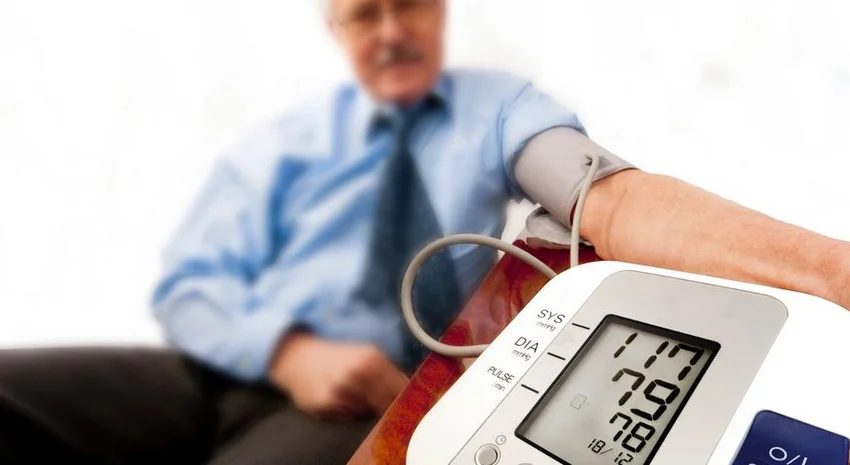Genetic factors play an important part in the development of hypertension, and stress, improper life style, smoking, obesity, large amounts of coffee and alcohol consumption all are further risk factors. When setting up the diagnosis, it is important to discover any disorders that may be causing the high blood pressure, such as, kidney and thyroid disorders. If these disorders are diagnosed and treated early, the blood pressure could also be returned to normal.
Those suffering from high blood pressure, should have a complete life style change and introduce regular physical activity, with the possibility, in the long run, to reduce it to normal. The cause of hypertension is 90% essential, that is to say, it belongs to the "we don’t know the cause of the disorder group", that is, the consequence of stress and the already listed life style problems. High blood pressure is a secondary cause in only 10% of the hormone abnormalities and kidney disorders. Weight loss, the moderation of salt intake, giving up smoking, decreasing alcohol intake, and the regular and gradual introduction of physical activity are the five basic pillars of lowering blood pressure. If life style change is not possible or is not bringing results, or is significantly high, then medication therapy is necessary. In the event that the hypertension is the result of such disorders as cardiac or kidney disorder, or diabetes, the double risk factor makes more stringent blood pressure monitoring and the lowering of the blood pressure necessary. Life style change is advised in these cases as well.
The frequent changes in temperature and the successive changes in weather fronts can also affect the fluctuations in blood pressure. The sudden cold weather is especially dangerous to hypertension sufferers, since during the cold weather, the blood vessels constrict causing the blood pressure to rise. The pressure usually returns to normal in the Summer, making it possible, following consultation with the doctor, to lower the daily medication.
Check your blood pressure regularly! When you do so, however, it is not enough to check it once. Three consecutive readings are recommended with the average taken into consideration, thus, when taking your blood pressure at home, be sure to take it in each arm at least once. In the case of the elderly, since their blood pressure rhythm shows a higher value in the early morning hours, it would be wise for them to take their blood pressure medication at the start of their day and only then proceed with their morning hygiene and eating. The regular yearly monitoring includes, examination by an internist including an ECG, laboratory tests and eye examination. Keeping a blood pressure diary or a yearly 24-hour blood pressure motoring (ABPM) is also recommended for verifying the proper treatment.
„According to official statistics, 20% of the population is in danger of developing hypertension; however, in our daily work, we treat high blood pressure 90% of the time. The risk of developing it could be decreased with the proper diet and regular physical activity, making it easy to avoid and not have it embitter our daily life. Regular screening is recommended to those individuals whose family medical history includes hypertension.” added dr. Nagy.


